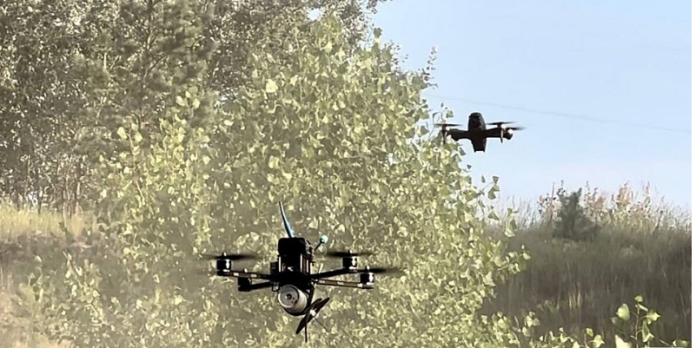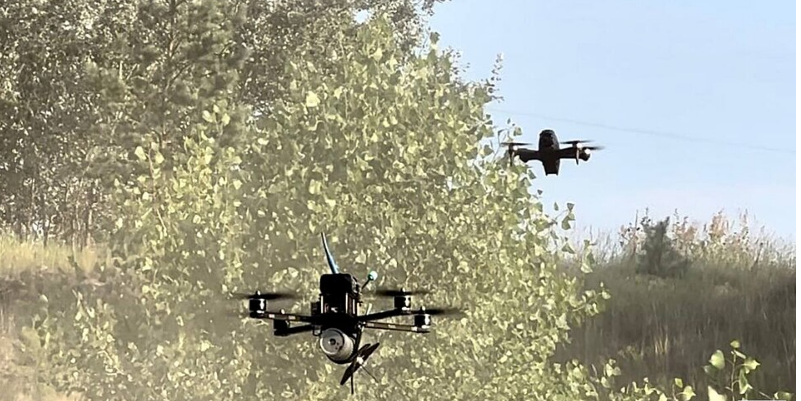
Is it possible that a $30,000 drone can inflict more strategic disruption than a billion-dollar missile? The latest Ukrainian drone strike on Sochi’s oil depot and the U.S. deployment of nuclear submarines near Russia suggest that the calculus of deterrence and warfare is being fundamentally reshaped not just by high-profile political rhetoric, but by relentless technological innovation and the vulnerabilities it exposes.
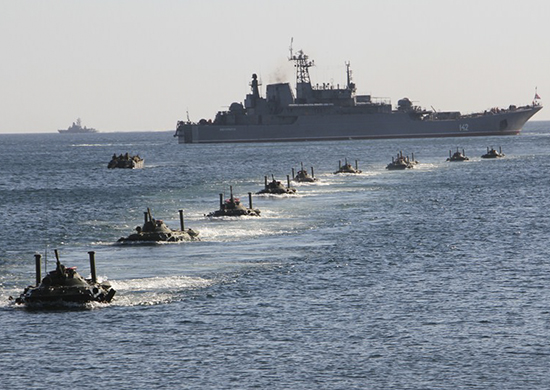
1. Strategic Impact of the Sochi Oil Depot Strike
The Sochi oil depot conflagration overnight, sparked by a Ukrainian drone attack, was more than a temporary news flash. The 70,000-cubic foot fuel tank facility is located in the Adler district of Russia’s Black Sea resort city a region that had been deemed relatively sheltered from direct attack. More than 120 firefighters were deployed to quell the fire and air traffic at Sochi airport was suspended temporarily, demonstrating the spill-over logistical impact of such attacks. Ukrainian President Volodymyr Zelensky was unstinting in his praise: “I am grateful for our special long-range operations on Russian territory.” Both of them are concrete to the enemy, and our actions will go on Russia is prolonging the war, so it will get only reactions.
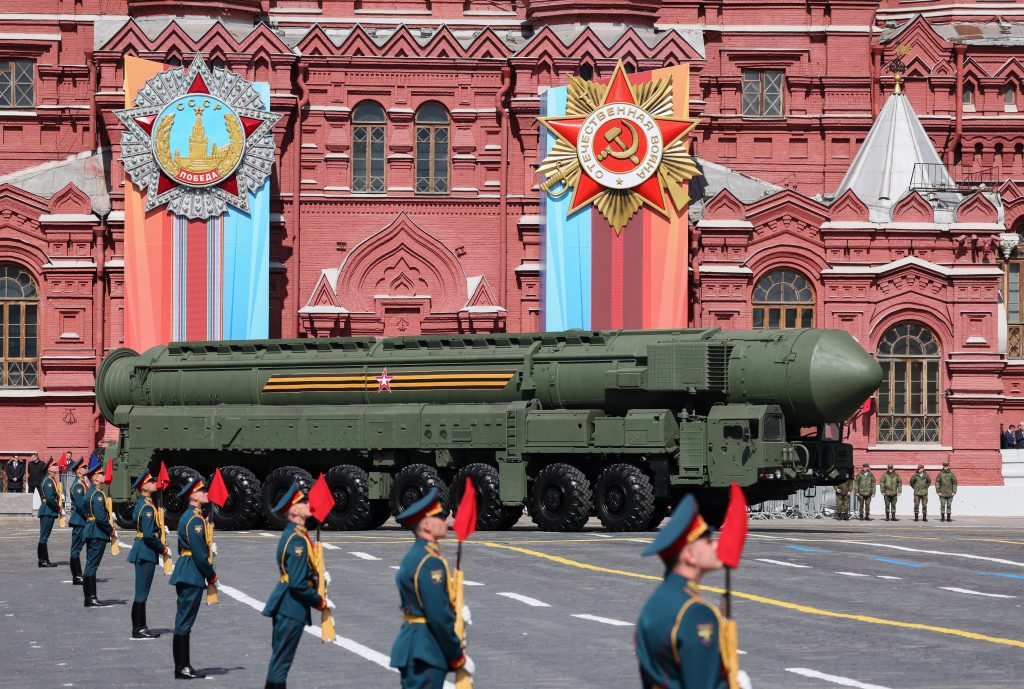
The strategic math is obvious: hitting energy infrastructure breaks up Russia’s military supply lines and money flows, particularly as Western sanctions squeeze the noose around oil exports. Indian refineries have already begun diversifying away from Russian crude, a trend fueled by European Union sanctions that sliced capacity in leading Russian-sponsored plants to 70–80 percent of typical output, jeopardizing the financial supports of Moscow’s war effort European and US sanctions look to be hollowing out Russian income from third-party buyers of Russian oil.
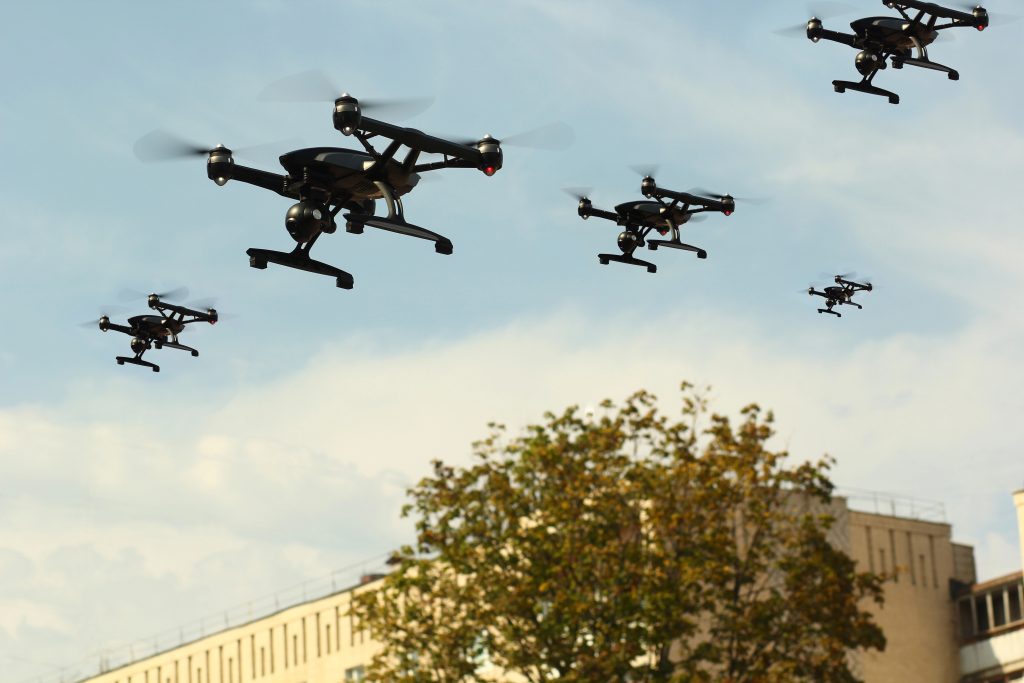
2. The Engineering Behind Drone Warfare and Oil Depot Vulnerabilities
The Ukrainian attack on Sochi was not a one-off occurrence. Russian oil refineries and storage sites deep within Russian territory have been targeted by Ukraine’s forces systematically, utilizing a new generation of long-range strike UAVs. Russia’s domestically manufactured version of the Iranian Shahed-136, the Geran-2, is the hallmark of the development of loitering munitions. With a composite honeycomb or fiberglass/carbon fiber body, a 50–90 HP piston engine, and a payload capacity now at 90 kg, these aircraft can fly more than 1,000 km and hit with accuracy even in the presence of advanced electronic countermeasures The Geran-2 has sophisticated navigation systems that are immune to jamming and spoofing.
The weakness of large oil depots to attacks of this kind is a matter of size and engineering. Although contemporary facilities are designed with fire-suppression equipment and blast-proof containment, a simultaneous hit by a high-explosive or thermobaric warhead can degrade these defenses, particularly when it involves more than one tank in close succession. The Sochi incident prompted an emergency mobilization on short notice and a brief suspension of air operations, illustrating how even one drone has the potential to be a logistical bottleneck.

3. Russian Countermeasures and the Challenge of Swarm Tactics
Russia has pushed back by investing massively in air defense and counter-UAS capabilities, shooting down dozens of drones each night. However, sheer numbers sometimes hundreds in a single pass take advantage of the cost asymmetry between cheap drones and pricey interceptor missiles. The Geran-2’s advanced avionics, such as CRPA antennas and GSM-based geolocation, make detection and targeting even more complex. According to Army Recognition, the Geran-2 is a major evolution in loitering munition technology, bringing together affordability, range, and increased electronic warfare resistance.
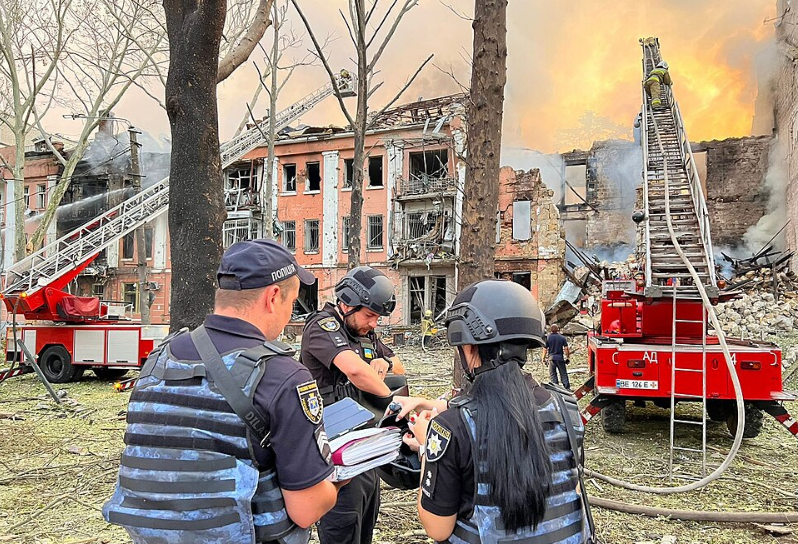
4. The Mykolaiv Missile Attack: Urban Vulnerability and Civilian Impact
While Ukraine strikes deep in Russian territory, Russia carries on its campaign against Ukrainian cities. The missile strike on Mykolaiv left at least seven people wounded and dozens of homes and civilian infrastructure destroyed or damaged. Single residential buildings are seen in images from the aftermath, having been left in ruin, highlighting the continued vulnerability of urban areas to both missiles and drones. Ukraine’s air defense units reportedly destroyed 60 of 76 attack drones and one missile during the same period, but the saturation tactics employed by Russia mean that some always get through Ukraine’s air force said Russia had launched 76 attack drones and seven missiles targeting Ukraine overnight, striking eight locations throughout Ukraine.
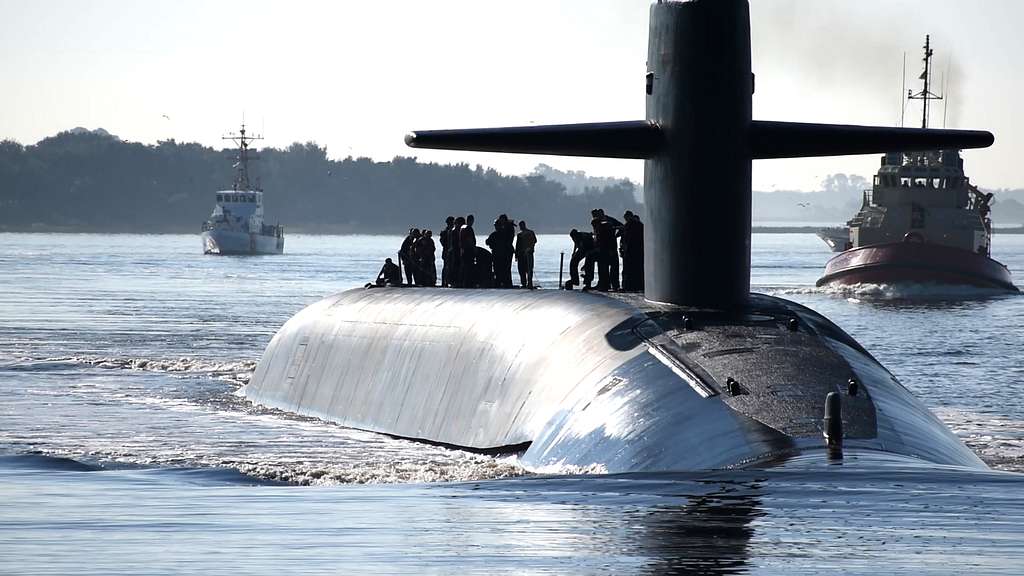
5. The Evolving Role of Nuclear Ballistic Missile Submarines
In the midst of this technological arms race, the threat of nuclear escalation hangs over us. President Donald Trump’s declaration that he had “ordered two nuclear submarines to be placed in the suitable areas” was a stark reply to former Russian President Dmitry Medvedev’s nuclear threats. The U.S. Navy’s Ohio-class SSBNs, with 24 global-reach Trident II D-5 missiles and multiple independently-targeted warheads each, are still the foundation for America’s second-strike capability The Ohio-class SSBNs, with 24 Trident I missiles, came into service in 1981 as the largest ballistic missile submarines ever constructed for the U.S. Navy. The stealth capability of these submarines is a keystone of nuclear deterrence, guaranteeing that any initial strike would be followed by devastating counterattack.
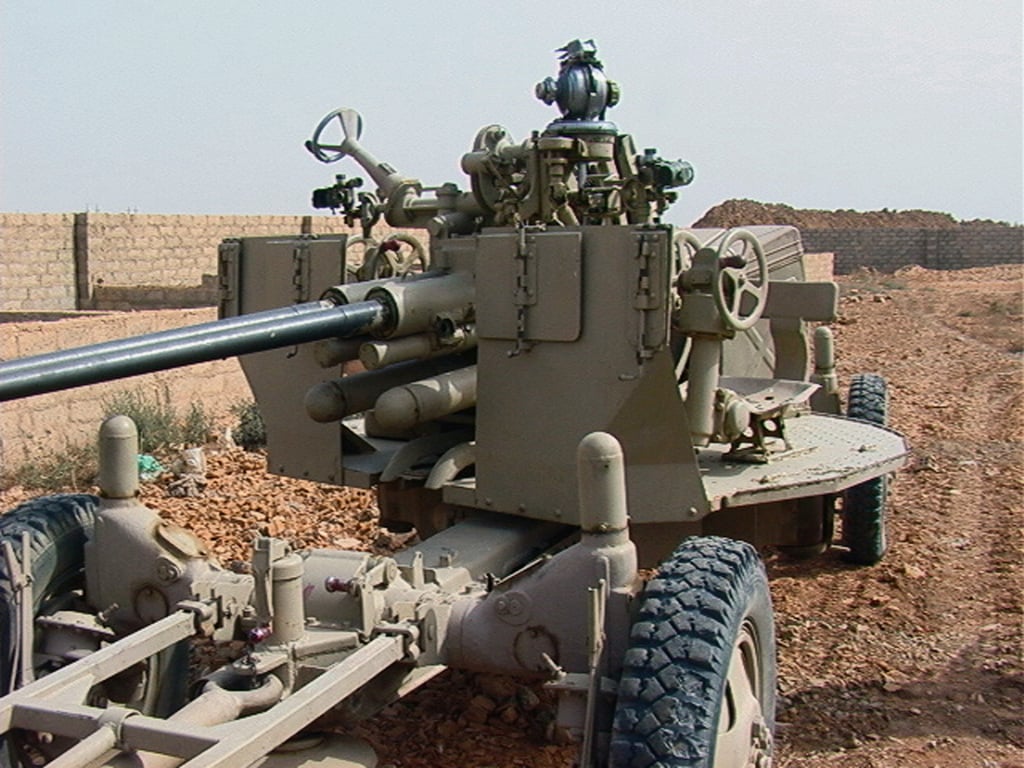
6. Deterrence, Rhetoric, and the Cognitive Dimension of Conflict
The nuclear bluster is not symbolic. As the Institute for the Study of War points out, Russia’s employment of “kinetic and cognitive” responses such as attacks on civilian targets and nuclear threats is intended to denigrate U.S.-led efforts to bring the war to a close and demonstrate resolve. Medvedev’s mention of Russia’s “Dead Hand” system of automatic nuclear control is a strategic attempt to introduce uncertainty and fear into the decision-making process in the West Medvedev also referenced Russia’s automatic or semi-automatic nuclear weapons control system, the so-called “Dead Hand” or “Perimeter,” when speaking to Trump.
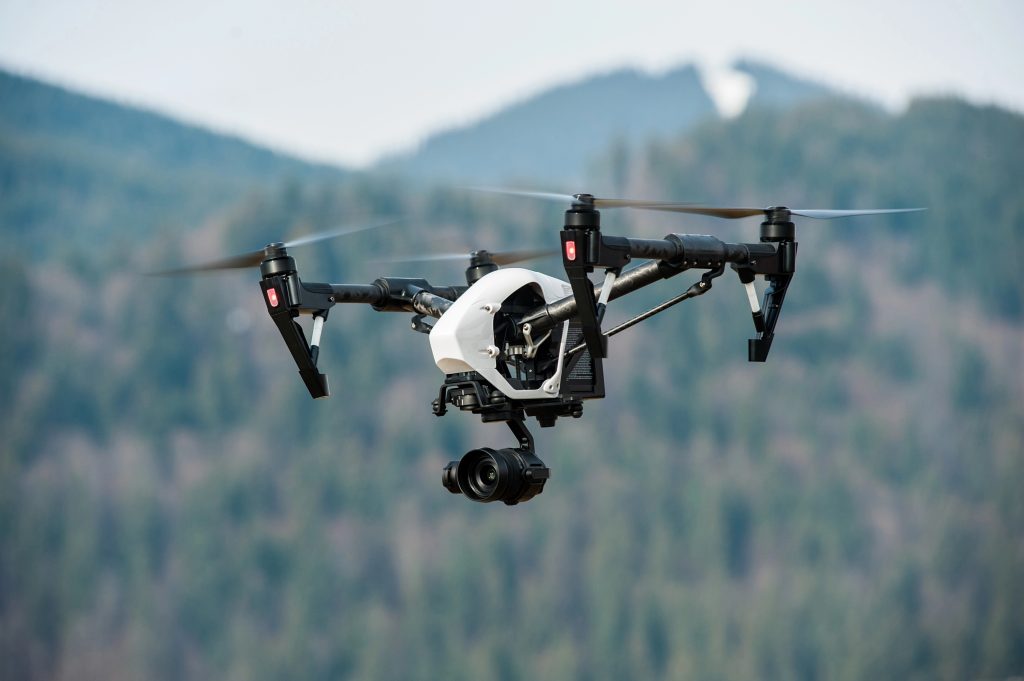
7. The Future of Warfare: Innovation, Adaptation, and Escalation
Both are quickly adapting. Ukraine’s creation of specialized “anti-Shahed” drone units and incorporation of interceptor drones demonstrate a dramatically condensed innovation cycle. Russia, in turn, is intensifying local drone production with Chinese technical assistance with the goal of 10,000 drones a month by the end of 2025.

That industrial ramp-up, along with swarm operations and electronic warfare capabilities, is changing the offense-defense equation on the contemporary battlefield Russian Prime Minister Mikhail Mishustin asserted on July 8 that Russia has already tripled its intended total drone manufacturing volumes for 2025. The conflict in Ukraine is now not only a battle of armies, but an arena for testing the technologies and tactics that will define conflicts over the next decades.
